
Find Help
More Items From Ergsy search
-
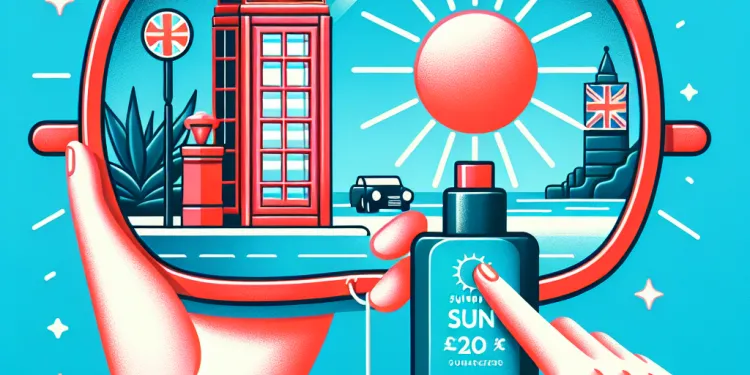
What is sunburn?
Relevance: 100%
-

What is Sunburn?
Relevance: 99%
-
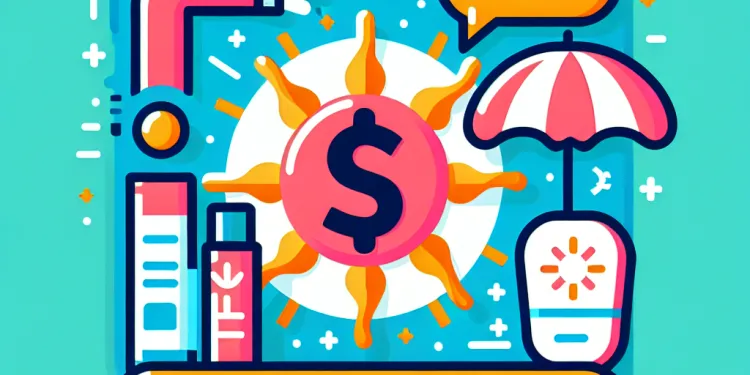
What causes sunburn?
Relevance: 95%
-
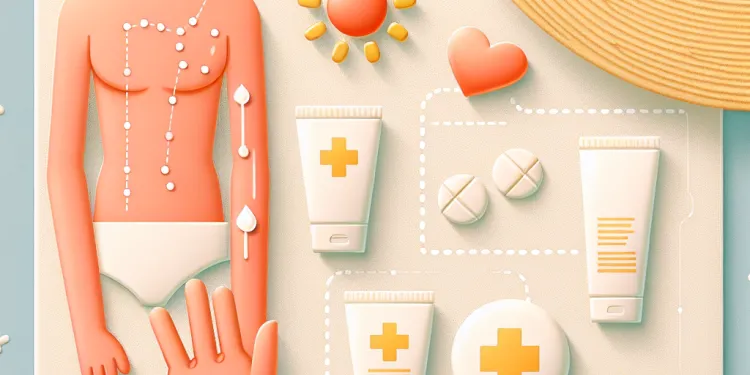
What are the symptoms of sunburn?
Relevance: 95%
-
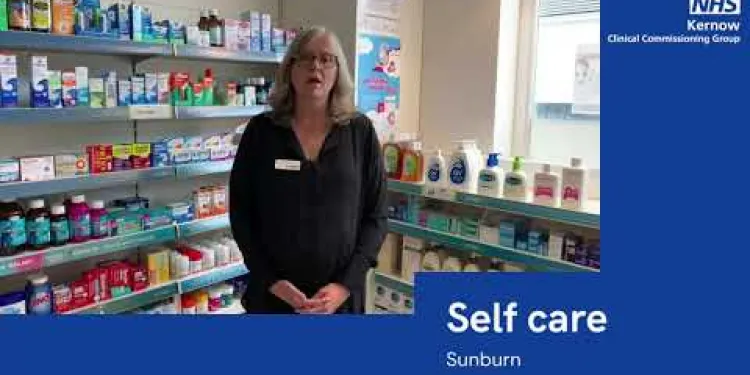
Self care - sunburn
Relevance: 94%
-
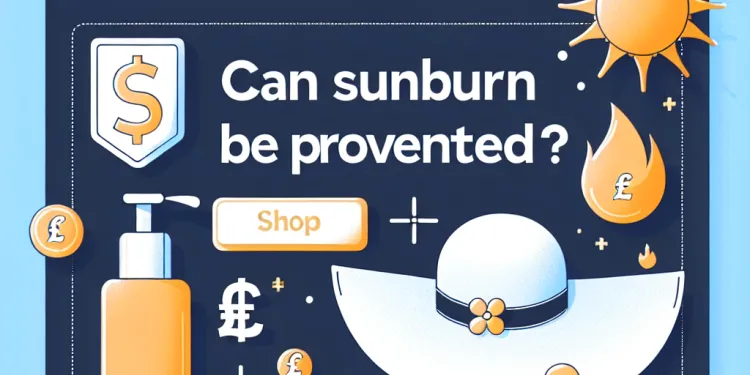
Can sunburn be prevented?
Relevance: 94%
-
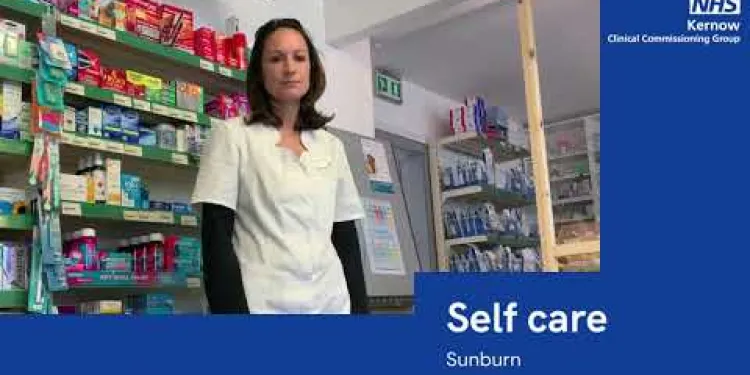
Self care - sunburn
Relevance: 94%
-

How is sunburn treated?
Relevance: 94%
-
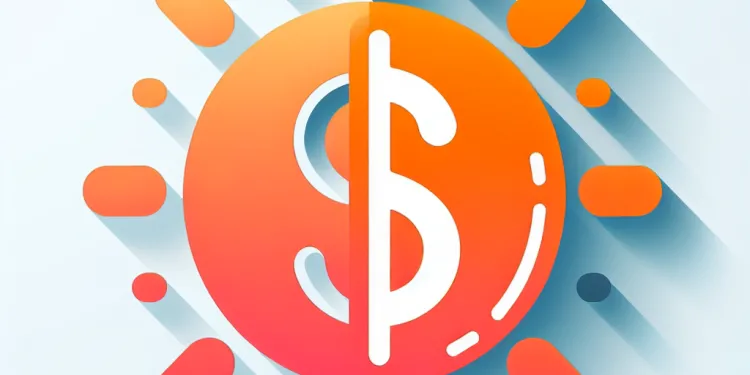
Can sunburn turn into a tan?
Relevance: 91%
-
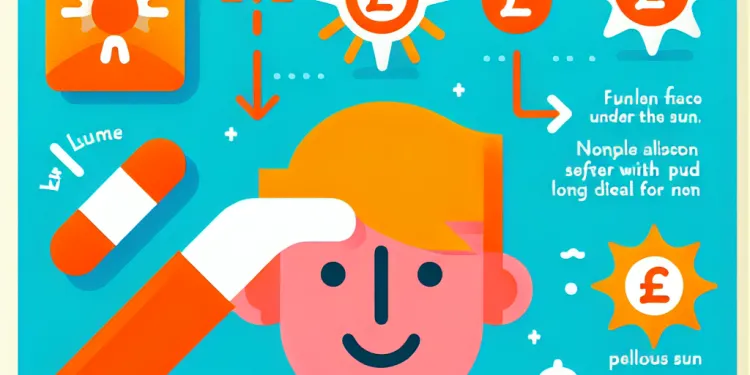
What are the long-term effects of sunburn?
Relevance: 89%
-

Are some people more prone to sunburn?
Relevance: 88%
-
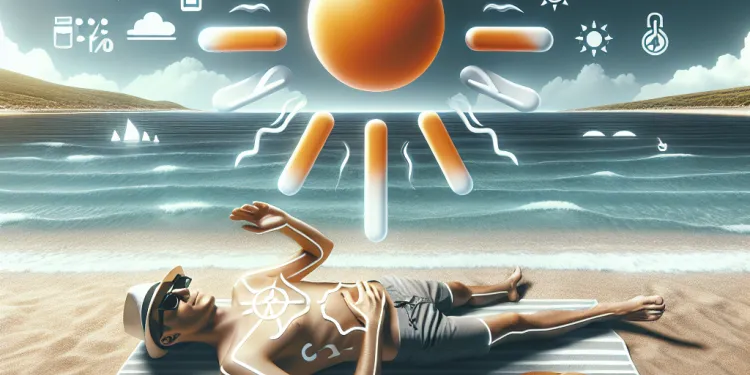
Can sunburns cause permanent damage?
Relevance: 87%
-

Is peeling a normal part of sunburn recovery?
Relevance: 86%
-
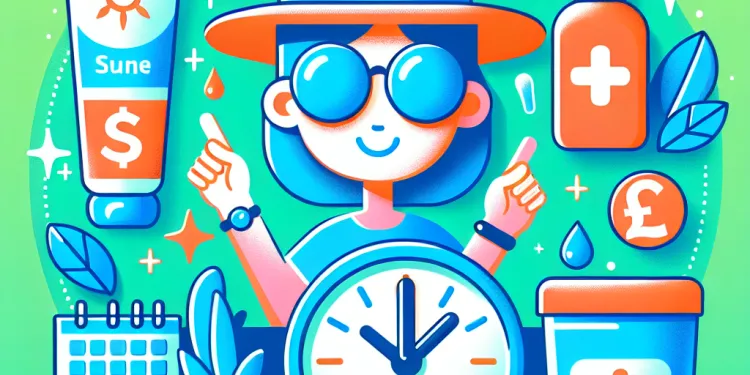
How long does it take for sunburn to appear?
Relevance: 85%
-

At what time of day is the sunburn risk highest?
Relevance: 85%
-

Can dark-skinned individuals get sunburned?
Relevance: 84%
-
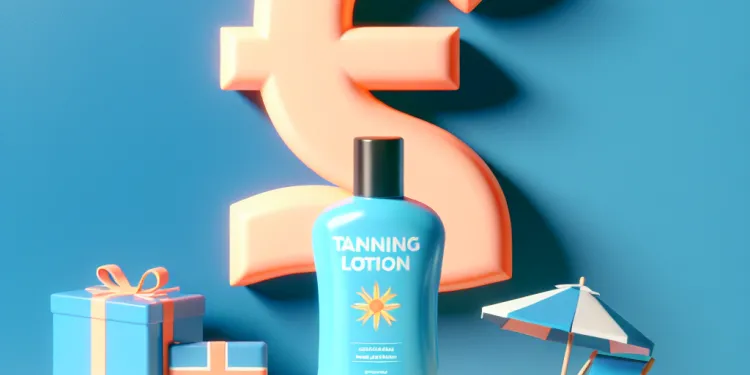
Does tanning lotion prevent sunburn?
Relevance: 83%
-

What SPF level is recommended to prevent sunburn?
Relevance: 74%
-

Is it possible to get sunburned on cloudy days?
Relevance: 62%
-

Does water reflect UV rays, increasing the risk of sunburn?
Relevance: 55%
-

What to do if you're sunburnt
Relevance: 47%
-

Why do some people not burn as easily as others?
Relevance: 43%
-

What is UV radiation?
Relevance: 29%
-

Do I need sunscreen on cloudy days?
Relevance: 25%
-

Which factor sunscreen should I use?
Relevance: 22%
-

What does SPF stand for?
Relevance: 22%
-

What are UVA and UVB rays?
Relevance: 21%
-

Skin cancer education
Relevance: 21%
-

What should I wear to stay cool in hot weather?
Relevance: 21%
-

What SPF is best for children?
Relevance: 20%
-

How can I prevent heat-related illnesses?
Relevance: 19%
-
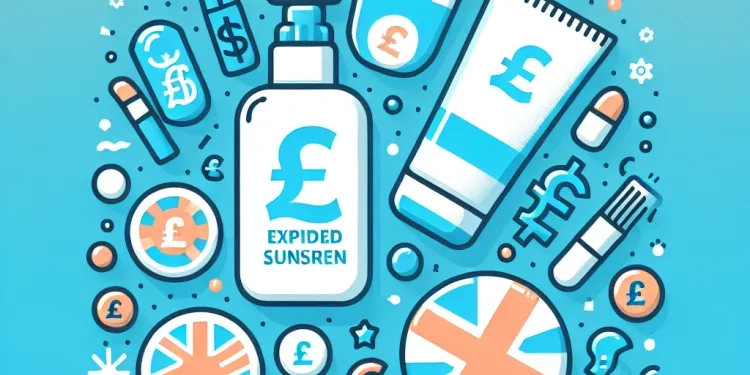
Can I use expired sunscreen?
Relevance: 18%
-

What SPF should I use if I am going to be outdoors all day?
Relevance: 18%
-

Does sunscreen expire?
Relevance: 18%
-
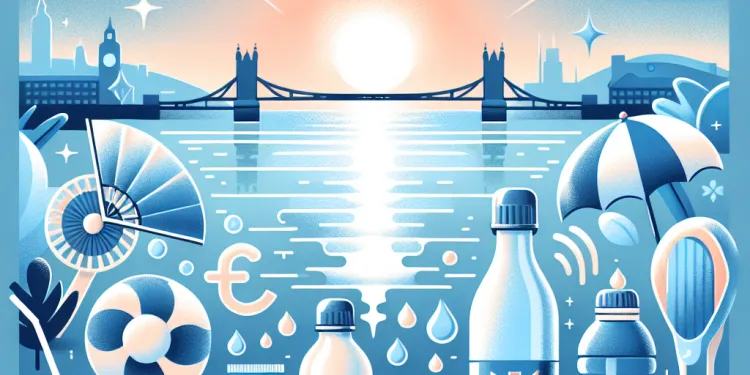
What activities should I avoid during a heatwave?
Relevance: 18%
-
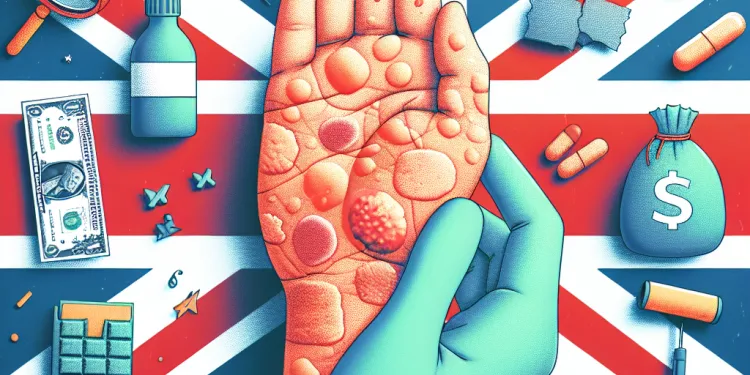
What causes psoriasis?
Relevance: 18%
-

What SPF should I use if I have sensitive skin?
Relevance: 17%
-
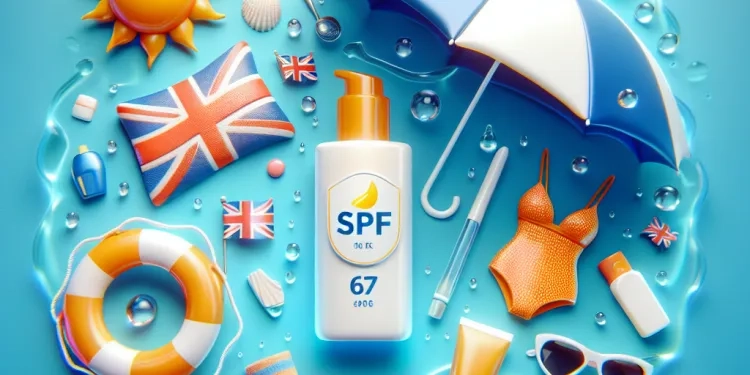
Do I need a different SPF for water-related activities?
Relevance: 17%
-

Are there home remedies for psoriasis?
Relevance: 16%
-
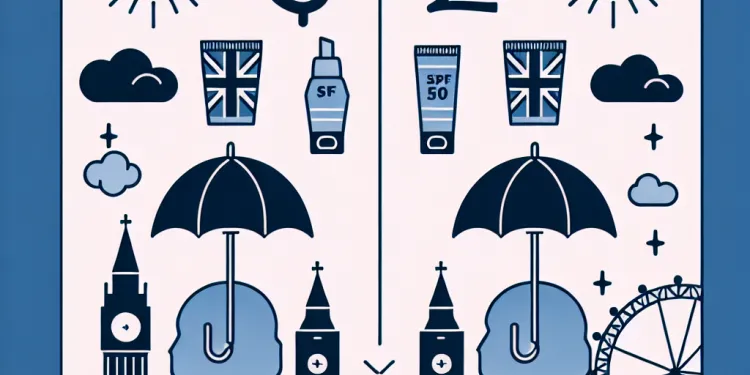
How does sunscreen with SPF 20 compare to SPF 50?
Relevance: 16%
What is Sunburn?
Sunburn is a form of skin damage that results from excessive exposure to ultraviolet (UV) rays, primarily from the sun but also from artificial sources like sunbeds. It is characterized by redness, pain, and sometimes blistering of the skin. While sunburns may initially seem like a temporary condition, they can have serious long-term effects on skin health.
Causes of Sunburn
Sunburn is caused by the skin's reaction to overexposure to UV rays. These rays are a part of the electromagnetic spectrum emitted by the sun. There are two main types of UV rays that affect the skin: UVA and UVB. UVB rays primarily affect the outer layer of the skin and are responsible for causing sunburn. UVA rays penetrate deeper and can contribute to skin aging and long-term damage. Both types of UV rays contribute to an increased risk of skin cancer.
Symptoms of Sunburn
The symptoms of sunburn typically appear a few hours after exposure and can worsen over 24 to 48 hours. Common symptoms include redness of the skin, warmth, pain or tenderness, and swelling. In more severe cases, blisters can form, and the affected area may peel as it heals. Other symptoms can include headaches, fever, and dehydration, depending on the severity of the burn.
Risk Factors
Certain factors can increase the risk of sunburn. Fair-skinned individuals tend to be more susceptible due to lower levels of melanin, which provides some protection against UV rays. Spending extended periods in the sun, particularly between 11 am and 3 pm when UV rays are strongest, increases the risk. Additionally, being at higher altitudes or near reflective surfaces like water or snow can amplify UV exposure.
Prevention
Preventing sunburn involves taking measures to protect the skin from UV exposure. Using a broad-spectrum sunscreen with a high SPF rating, wearing protective clothing, and seeking shade during peak sunlight hours are effective strategies. Sunglasses that block UV rays also help protect the eyes. It is important to apply sunscreen properly and reapply every two hours or after swimming or sweating.
Treatment
Should sunburn occur, immediate measures can help alleviate symptoms. Applying cool compresses or taking a cool bath can provide relief. Moisturizing lotions, preferably those containing aloe vera or soy, can soothe affected skin. Staying hydrated by drinking plenty of water is also important. Over-the-counter pain relievers like ibuprofen can reduce pain and inflammation. Avoiding further sun exposure while the skin heals is crucial to prevent additional damage.
Long-term Effects
Repeated sunburns, especially during childhood, can significantly increase the risk of developing skin cancer later in life. They also contribute to premature skin aging, including wrinkles and loss of elasticity. Awareness and proactive sun protection are essential in minimizing these risks.
What is Sunburn?
Sunburn is when your skin gets hurt by the sun. This happens because of too much sun or UV rays. When you get sunburned, your skin turns red, feels sore, and sometimes gets blisters. Sunburn can be painful and can also cause problems for your skin later on.
Causes of Sunburn
Sunburn happens when you stay in the sun too long. The sun sends out UV rays, which we can't see, that can hurt our skin. There are two types of rays: UVA and UVB. UVB rays hurt the top of your skin and cause sunburn. UVA rays go deeper and can make your skin look older. Both can make it easier to get skin cancer.
Symptoms of Sunburn
After being in the sun, you might see signs of sunburn after a few hours. Your skin can turn red, feel hot, and hurt to touch. Sometimes you get blisters. Your skin might peel when it is healing. You can also get a headache, fever, or feel very thirsty if the sunburn is bad.
Risk Factors
Some people get sunburned easier. People with fair skin have less melanin, which means less protection from the sun. Being outside for a long time, especially between 11 am and 3 pm, makes sunburn more likely. Being in the mountains or near water or snow can make sunburn easier to get.
Prevention
To avoid getting sunburned, you should protect your skin. Use sunscreen with high SPF, wear clothes that cover you, and stay in the shade when the sun is very strong. Sunglasses that block UV rays protect your eyes. Remember to put on sunscreen well and put it on again every two hours or after you swim or sweat.
Treatment
If you get sunburned, there are ways to feel better. You can put a cool cloth on your skin or take a cool bath. Use lotion with aloe vera or soy to soothe your skin. Drink lots of water to stay hydrated. You can take pain medicine like ibuprofen if it hurts. Stay out of the sun while your skin heals.
Long-term Effects
Getting sunburned many times, especially when young, can lead to skin cancer when you are older. It can also make your skin get wrinkles or stretch. Remember to protect your skin from the sun to avoid these problems.
Frequently Asked Questions
What is sunburn?
Sunburn is a type of skin damage caused by overexposure to ultraviolet (UV) rays from the sun.
What causes sunburn?
Sunburn is caused by the skin's exposure to UV radiation from the sun, which damages skin cells.
What are the symptoms of sunburn?
Symptoms include redness, pain, swelling, blistering, and peeling of the skin.
How long does it take for sunburn to appear?
Sunburn symptoms usually appear within a few hours after sun exposure.
Can sunburn be prevented?
Yes, sunburn can be prevented by using sunscreen, wearing protective clothing, and limiting time in the sun.
What are the long-term effects of sunburn?
Repeated sunburns can lead to premature aging of the skin and increase the risk of skin cancer.
How is sunburn treated?
Treatment includes cool showers, moisturizing creams, drinking plenty of water, and avoiding further sun exposure.
Can sunburn turn into a tan?
Sunburn itself does not turn into a tan. A tan may develop as the skin heals, but it is also a sign of skin damage.
Is peeling a normal part of sunburn recovery?
Yes, peeling is a normal part of the healing process as the body sheds damaged skin cells.
Are some people more prone to sunburn?
Yes, people with fair skin, light hair, and light eyes are more susceptible to sunburn.
Is it possible to get sunburned on cloudy days?
Yes, UV rays can penetrate clouds, so it's possible to get sunburned even on cloudy days.
What is UV radiation?
UV radiation is a form of electromagnetic radiation from the sun that can cause skin damage.
Why do some people not burn as easily as others?
Individuals with more melanin in their skin have better natural protection against UV radiation.
What SPF level is recommended to prevent sunburn?
An SPF of 30 or higher is generally recommended for effective protection against sunburn.
Can sunburns cause permanent damage?
Severe or repeated sunburns can lead to permanent skin damage, including an increased risk of skin cancer.
Does water reflect UV rays, increasing the risk of sunburn?
Yes, water can reflect UV rays, increasing the risk of sunburn, which is why extra caution is needed near water.
Can dark-skinned individuals get sunburned?
Yes, although they have more natural protection, dark-skinned individuals can still get sunburned.
At what time of day is the sunburn risk highest?
The risk is highest between 10 a.m. and 4 p.m. when the sun's rays are strongest.
Does tanning lotion prevent sunburn?
Tanning lotions do not provide the same protection as sunscreen and should not be relied upon to prevent sunburn.
Is it possible to be allergic to the sun?
Yes, some people develop a condition called photosensitivity, where they have an exaggerated skin reaction to sunlight.
What is sunburn?
Sunburn is when your skin hurts and turns red because you have been in the sun too long.
Your skin can feel hot and itchy.
To help with sunburn, you can:
- Stay out of the sun until you feel better.
- Put on a cool, wet cloth on your skin.
- Use sunscreen or wear a hat next time you go out in the sun.
Sunburn happens when you stay in the sun too long. The sun's UV rays can hurt your skin.
Why do we get sunburn?
Sunburn happens when your skin gets too much sun. The sun has light called UV rays. These rays can hurt your skin.
To stop sunburn:
- Wear a hat and sunglasses.
- Put on sunscreen.
- Stay in the shade when the sun is very strong.
Ask an adult for help to use these tips.
Sunburn happens when you stay in the sun too long. The sun's rays hurt your skin.
What happens when you get sunburn?
If you stay in the sun too long, your skin can get hurt. This is called sunburn. Here’s what you might feel or see:
- Your skin turns red.
- Your skin might feel hot or sore.
- You could get blisters, which are small bubbles on your skin.
- Your skin might peel off after a few days.
Remember to use sunscreen and wear a hat to stay safe in the sun!
When will my skin get red from the sun?
If you stay in the sun too long, your skin can turn red. This is called sunburn. It can take less than 1 hour to show up, but sometimes it can take a whole day.
Here are some tips to help:
- Wear sunscreen to protect your skin.
- Put on a hat and sunglasses.
- Stay in the shade when the sun is very bright.
You can start to see sunburn a few hours after being in the sun.
How can you stop sunburn?
Sunburn is when your skin gets hurt by the sun.
Here are some easy ways to stop sunburn:
- Wear sunscreen: Put on sunscreen lotion before you go outside.
- Wear a hat: A hat can help keep the sun off your face.
- Stay in the shade: Try to stay under trees or use an umbrella.
- Wear sunglasses: They protect your eyes from the sun.
- Avoid the midday sun: The sun is strongest in the middle of the day. Try to stay indoors during this time.
These tips can help keep your skin safe from the sun.
You can stop sunburn by doing a few things: use sunscreen, wear clothes that cover your skin, and don't stay in the sun too long.
What happens if you get sunburned a lot?
Getting sunburned a lot can make your skin look older faster and can also cause skin cancer.
How do you treat sunburn?
Here are some simple steps to help sunburn feel better:
- Get out of the sun.
- Put a cool, damp cloth on the sunburn.
- Take a cool bath or shower.
- Use lotion with aloe vera to soothe the skin.
- Drink plenty of water to stay hydrated.
- Wear loose clothing to avoid rubbing the sunburned skin.
- If it hurts, you can take medicine like paracetamol.
If the sunburn is very bad, or you feel sick, tell an adult or see a doctor.
To feel better, you can take cool showers, use lotion, drink lots of water, and stay out of the sun.
Does sunburn change into a tan?
Sunburn hurts and makes your skin red. A tan makes your skin a bit brown.
Sunburn might turn into a tan after a few days. But it's not good for your skin. Sunburn can damage your skin and hurt a lot.
To stay safe in the sun, wear sunscreen, a hat, and sunglasses.
If you want a tan, use a safe lotion or spray.
Sunburn does not become a tan. A tan might happen when your skin gets better, but it shows your skin is hurt.
Is it normal for skin to peel after sunburn?
When your skin gets too much sun, it can burn.
Later, the skin might start to peel.
This is usually normal. It means your body is healing.
If you have sunburn, you can:
- Use gentle lotion to soothe your skin.
- Drink lots of water to stay hydrated.
- Wear soft clothes that do not rub your skin.
If your skin feels very sore or you feel unwell, ask a grown-up to help you see a doctor.
Yes, peeling is normal. It happens when your body gets rid of old, hurt skin.
Do some people get sunburned more easily?
Some people can get a sunburn more quickly than others. This is because they have light skin, hair, or eyes. Here are some tips to help:
- Wear sunscreen when you go outside.
- Put on a hat and sunglasses.
- Stay in the shade, especially when the sun is strong.
Yes, people with light skin, blonde hair, and blue or green eyes can get sunburned more easily.
Can you get sunburned when it is cloudy?
Yes, the sun's rays can go through clouds. This means you can still get sunburned on cloudy days.
What is UV radiation?
UV radiation is a kind of light from the sun. You can't see it, but it is there. It can make your skin burn or cause damage over time.
Here are some ways to stay safe:
- Wear sunscreen when you go outside.
- Put on a hat and sunglasses to protect your face and eyes.
- Stay in the shade during the middle of the day.
These steps can help keep your skin healthy.
UV radiation is light from the sun that can hurt your skin.
Why do some people not get sunburned?
Some people don't get sunburned because their skin is different. Skin has something called melanin. Melanin helps protect the skin from the sun.
People with more melanin have darker skin. Darker skin does not burn as fast as lighter skin in the sun.
To stay safe, everyone should use sunscreen and wear a hat when outside. Sunglasses can also help protect your eyes.
To learn more, you can watch videos or ask a grown-up to help explain.
People with darker skin have more natural protection from the sun.
What SPF number stops sunburn?
When you go outside in the sun, it's good to use sunscreen. You should use one with an SPF of 30 or more. This helps keep your skin safe from getting burnt.
Can getting sunburn hurt your skin forever?
Getting badly sunburned or burnt many times can hurt your skin forever. It can make it more likely that you get skin cancer.
Can water make sunburn worse?
When you are near water, can you get more sunburned? Water can bounce back the sunlight. This can make the chance of getting a sunburn higher.
You can use sunscreen and wear a hat to keep your skin safe from the sun. Remember to put sunscreen on again after swimming.
Yes, water can bounce back the sun's strong rays. This can make it easier to get sunburned. So, be extra careful when you are near water.
Can people with dark skin get a sunburn?
Yes, people with dark skin can get a sunburn.
Dark skin has more melanin. This gives some protection from the sun.
But, too much sun can still hurt the skin.
Here are some ways to stay safe in the sun:
- Put on sunscreen.
- Wear a hat.
- Use sunglasses.
- Stay in the shade when it is sunny.
- Wear clothes that cover your skin.
If your skin feels sore from the sun, tell an adult. They can help.
Yes, people with dark skin have more natural protection. But they can still get sunburn.
When is it most likely to get sunburned?
The most danger from the sun is between 10 in the morning and 4 in the afternoon. This is when the sun is strongest.
Does tanning lotion stop sunburn?
Tanning lotion is a cream people put on their skin to get a tan. Tanning lotion does not stop sunburn.
Wear sunscreen to protect your skin from the sun.
Use a hat and wear sunglasses for extra safety.
You can use a timer to remind you when to go inside or into the shade.
Tanning lotions are not the same as sunscreen. They do not stop sunburn. Use sunscreen to protect your skin from the sun.
Can you be allergic to the sun?
Yes, some people have a condition called photosensitivity. This means they have a strong reaction on their skin when they are in the sun.
Useful Links
- Ergsy carfully checks the information in the videos we provide here.
- Videos shown by Youtube after a video has completed, have NOT been reviewed by ERGSY.
- To view, click the arrow in centre of video.
- Most of the videos you find here will have subtitles and/or closed captions available.
- You may need to turn these on, and choose your preferred language.
- Go to the video you'd like to watch.
- If closed captions (CC) are available, settings will be visible on the bottom right of the video player.
- To turn on Captions, click settings .
- To turn off Captions, click settings again.
More Items From Ergsy search
-

What is sunburn?
Relevance: 100%
-

What is Sunburn?
Relevance: 99%
-

What causes sunburn?
Relevance: 95%
-

What are the symptoms of sunburn?
Relevance: 95%
-

Self care - sunburn
Relevance: 94%
-

Can sunburn be prevented?
Relevance: 94%
-

Self care - sunburn
Relevance: 94%
-

How is sunburn treated?
Relevance: 94%
-

Can sunburn turn into a tan?
Relevance: 91%
-

What are the long-term effects of sunburn?
Relevance: 89%
-

Are some people more prone to sunburn?
Relevance: 88%
-

Can sunburns cause permanent damage?
Relevance: 87%
-

Is peeling a normal part of sunburn recovery?
Relevance: 86%
-

How long does it take for sunburn to appear?
Relevance: 85%
-

At what time of day is the sunburn risk highest?
Relevance: 85%
-

Can dark-skinned individuals get sunburned?
Relevance: 84%
-

Does tanning lotion prevent sunburn?
Relevance: 83%
-

What SPF level is recommended to prevent sunburn?
Relevance: 74%
-

Is it possible to get sunburned on cloudy days?
Relevance: 62%
-

Does water reflect UV rays, increasing the risk of sunburn?
Relevance: 55%
-

What to do if you're sunburnt
Relevance: 47%
-

Why do some people not burn as easily as others?
Relevance: 43%
-

What is UV radiation?
Relevance: 29%
-

Do I need sunscreen on cloudy days?
Relevance: 25%
-

Which factor sunscreen should I use?
Relevance: 22%
-

What does SPF stand for?
Relevance: 22%
-

What are UVA and UVB rays?
Relevance: 21%
-

Skin cancer education
Relevance: 21%
-

What should I wear to stay cool in hot weather?
Relevance: 21%
-

What SPF is best for children?
Relevance: 20%
-

How can I prevent heat-related illnesses?
Relevance: 19%
-

Can I use expired sunscreen?
Relevance: 18%
-

What SPF should I use if I am going to be outdoors all day?
Relevance: 18%
-

Does sunscreen expire?
Relevance: 18%
-

What activities should I avoid during a heatwave?
Relevance: 18%
-

What causes psoriasis?
Relevance: 18%
-

What SPF should I use if I have sensitive skin?
Relevance: 17%
-

Do I need a different SPF for water-related activities?
Relevance: 17%
-

Are there home remedies for psoriasis?
Relevance: 16%
-

How does sunscreen with SPF 20 compare to SPF 50?
Relevance: 16%


